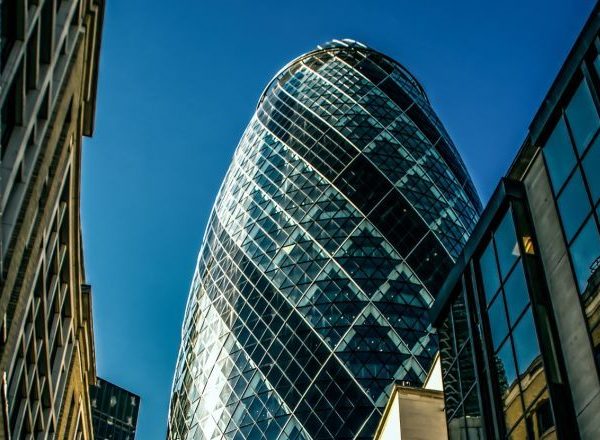Background
5G will be the future of mobile internet connectivity and it will enable faster data transfer, shorter response time and flexible network architecture[1]. With 5G becoming operational many other technologies will become possible such as: augmented reality, virtual reality, higher quality video internet and improvements to self-driving cars[2].
However, it is expected that 5G signals may suffer interference. They can be easily blocked or diffused by physical object (buildings or atmospheric and environmental events) and will have a smaller footprint compared to other waves (2, 3 and 4G)[3]. Also, there might be problems with moving receivers/transmitters[4]. The greater disruption will occur at the higher frequencies.

Figure 1 – 5g strength and interference[5]
5G spectrum
5G spectrum will range between 30 GHz and 300 GHz. At these frequencies, called millimetre wave, the 5G will provided the highest speed. These millimetre waves have never been used before for mobile phones due to due to issues related to propagation and blocking[6].
The Issues
Diffused reflection
While 4G waves, with a wavelength of 12 to 40cm, are reflected by many surfaces, 5G waves might be not. This is due to their small wavelength from 5mm (60GHz) to 1cm (28GHz). In this instance the reflection of the signal might be diffused and not specular, resulting in a negative impact on signal quality and path loss. As well as the diffusivity problem it should also be noted that the reflections will have a greater impact on millimetre waves quality compared to other types of waves together with the impact due to path loss[3].
Atmospheric absorption
Atmospheric absorption is another threat to the propagation of the 5G waves, signal damping is also not linear. At certain frequencies the attenuation can increase significantly, this is due to either the effect of water vapour (24, 200 and 350GHz) which can result in a signal reduction up to 40dB or the effect of oxygen (60 and 125GHz) which can result in a signal reduction up to 20dB.
Another atmospheric factor that can negatively impact wave propagation is the rain (7dB/km at rainfall rates of 1 inch/hr). However, rain has a higher impact on weaker signals[3].
Blocking
Blocking due to physical obstacles will be one of the biggest challenges for 5G affecting significantly indoor propagation. This is due to the materials used for building construction[7].
Other physical objects that can reduce the propagation of 5G are tree leaves and human body parts[8]. Foliage might have a significant negative impact on 5G signal resulting in a reduction up to 17dB in certain cases[3].
There are also concerns about the effect upon the signal when either the transmitter or the receiver or both are in movement or the environment where they are located changes[4]. Signal interaction with human bodies changes depending whether they are located in on a street or on a room.
Conclusion
Ofcom has held an auction to award sections of the 3.4GHz-3.8GHz spectrum which has been given to the main UK network operators[9]. At this frequency there should be no problems with 5G signal propagation. However, problems might arise when Ofcom will auction higher frequencies.
Pager Power can help by undertaking assessments to determine whether mobile coverage will be sufficient for the occupants of new buildings and we can also help predict likely interference levels arising from new building and infrastructure developments.
References
[1] What is 5G?, Mike Watson, date: 21st May 2019.
[2] What is 5G and what will it mean for you?, Matthew Wall, date: 24th July 2018.
[3] Tiny waves, big challenges: Getting 5G mmWave mobility right, Joel Conover, date: 15th November 2018.
[4] You, personally, are a nightmare for 5G, Joel Conover, date: 18th April 2018.
[5] Magnifying glass with 5G text, Marco Verch Professional Photographer and Speaker, date: 5th June 2019
[6] Millimeter-wave 5G will never scale beyond dense urban areas, T-Mobile says, Jon Brodkin, date: 22nd April 2019.
[7] 5G, From Anywhere: Overcoming The Challenges Of Indoor Connectivity, Slavko Djukic,date: 5th July 2018
[8] Could 5G Have Trouble Penetrating Buildings?, Anna Tobin, 15th May 2018
[9] Award of the 700 MHz and 3.6-3.8 GHz spectrum bands, Ofcom, date: 18 December 2018.



